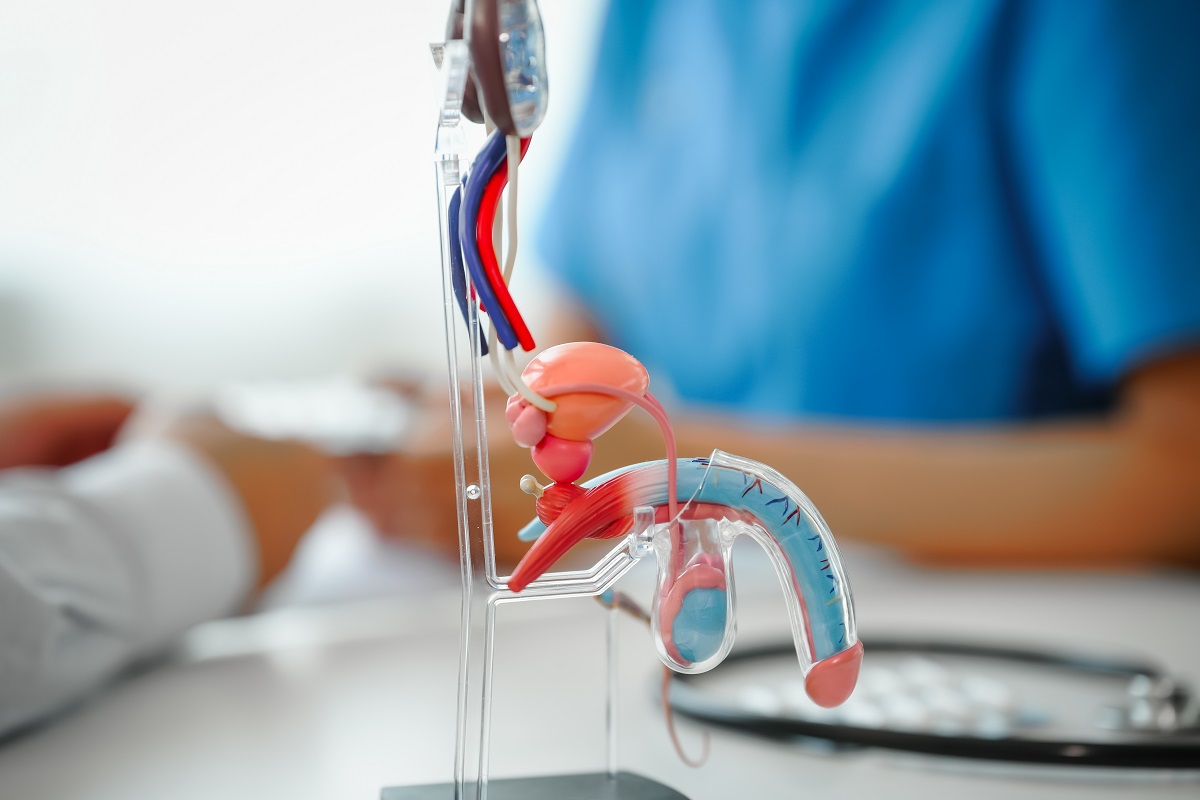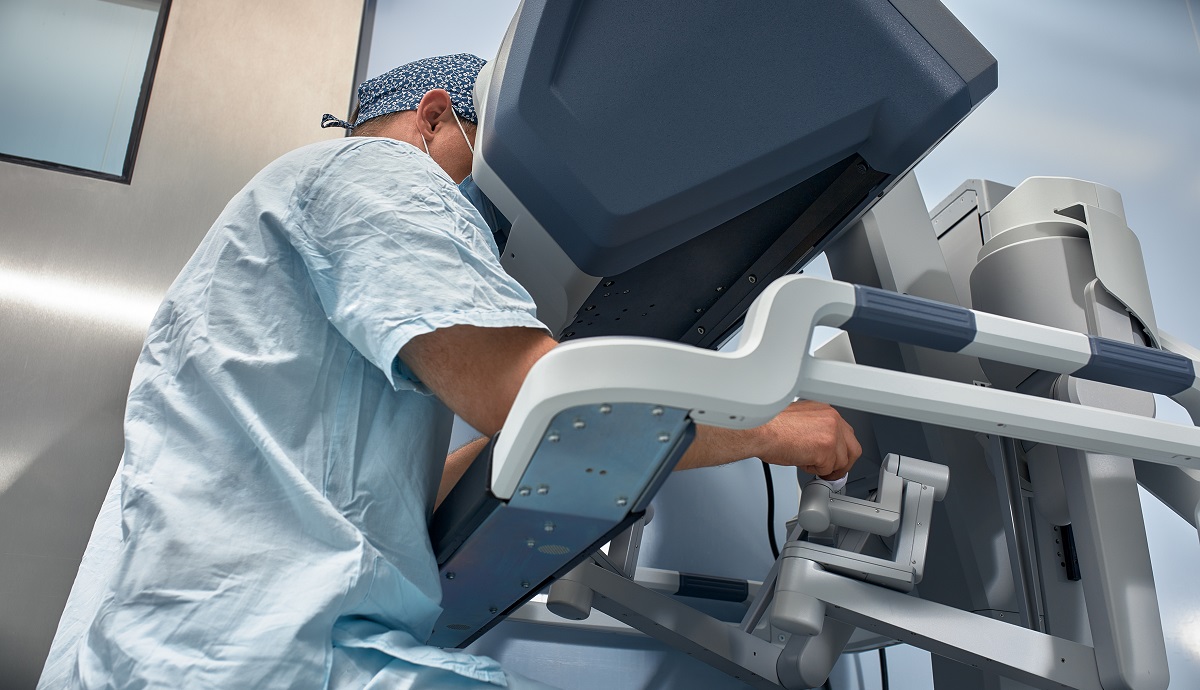Urology
Quirónsalud Costa Adeje: Robot-assisted Hydroablation for Prostatic Issues
At Quirónsalud Costa Adeje, we offer an innovative technique for treating Benign Prostatic Hyperplasia (BPH), known as robot-assisted hydroablation or Aquablation. This innovation ensures maximum precision, safety, and minimal invasiveness in the procedure. Its most notable aspect is its rapid effectiveness, fully preserving the patient's sexual function. Furthermore, by avoiding surgical incisions, postoperative pain is considerably reduced.
Quirónsalud Costa Adeje: Experts in Robotic Prostate Hydroablation
Benign Prostatic Hyperplasia: What is it? What are the causes of BPH?

The prostate, a vital component of the male reproductive system, produces prostatic fluid that mixes with semen. As a man ages, the prostate tends to enlarge, causing problems primarily related to urination and ejaculation.
This excessive enlargement, known as Benign Prostatic Hyperplasia (BPH), can result from various factors, including genetic predisposition, ethnic origin, age, lifestyle, and hormonal and dietary changes.
Symptoms of BPH typically develop gradually and include urinary difficulties such as urgency, incontinence, and nocturnal frequency of urination.
Common Symptoms of Benign Prostatic Hyperplasia
Characteristic symptoms include: difficulty initiating urination, weak, intermittent, or interrupted urine flow, post-micturition dribble, urinary incontinence, and a sensation of incomplete bladder emptying.
Procedures for Diagnosing Benign Prostatic Hyperplasia
The diagnosis of benign prostatic hyperplasia is based on the patient's medical history and physical examinations such as digital rectal examination. Additionally, ultrasound is used to measure prostate size and assess post-void residual urine, along with uroflowmetry to analyze obstruction in the urinary tract. In some cases, general and specific blood tests, including PSA determination, are performed.
Innovative Treatment for Benign Prostatic Hyperplasia: Hydroablation
Prostate hydroablation, also called Aquablation, is a minimally invasive surgical intervention used to treat benign enlargement of the prostate or benign prostatic hyperplasia (BPH). During this procedure, a special device that merges ultrasound imaging with water jet technology is used to remove prostatic tissue obstructing urinary flow.

Benefits of Aquablation or Hydroablation Compared to Other Techniques
- Minimal invasiveness: Does not require incisions, reducing the risk of bleeding and infection.
- Optional anesthesia: Can be performed under general or local anesthesia, avoiding the need for general anesthesia in all cases.
- Effective tissue preservation: By not using thermal energy, tissue is preserved more effectively.
- Quick procedure: It is a short-duration intervention.
- Brief hospitalization: Hospital stay is less than 48 hours.
- Suitable for prostates of any size.
- Preservation of ejaculatory function in most cases and improvement of urinary symptoms.
Aquablation: A Precise and Personalized Technique, How Is It Performed?
Dr. Guillermo Conde, Head of the Urology Service, explains the technique
Aquablation technique involves inserting the device through the urethra to reach the prostate. Once positioned, the device uses a controlled water jet to selectively remove enlarged prostatic tissue, simultaneously protecting surrounding structures such as the bladder neck and urethra. During the procedure, the surgeon has a multidimensional view of the prostate at all times, allowing them to trace a complete and personalized route of the prostate, marking the tissue to be preserved and removing the adenomatous tissue responsible for the symptoms.
Postoperative Care for Aquablation
Prostate hydroablation is considered a superior option to other surgical procedures for treating Benign Prostatic Hyperplasia (BPH), such as transurethral resection of the prostate (TURP) or laser vaporization. It has been shown to be more effective in improving urinary symptoms associated with BPH and may have fewer side effects than other surgical options.

Side Effects of Aquablation
Compared to other procedures, prostatic hydroablation presents minimal side effects. Some discomfort when urinating (dysuria) and slight presence of blood in the urine (hematuria) may occur occasionally, but they are temporary and short-lived.
Price of Aquablation Operation for Prostate in Costa Adeje Quirónsalud
The price of the operation may vary due to various factors. A specialist will determine it.
Treatment of Benign Prostatic Hyperplasia in Costa Adeje
If you have any questions about robotic prostate hydroablation or any other related aspect, do not hesitate to contact us through the form, and we will respond as soon as possible.
Hospital Quirónsalud Costa Adeje
© 2024 Quirónsalud - All rights reserved



















